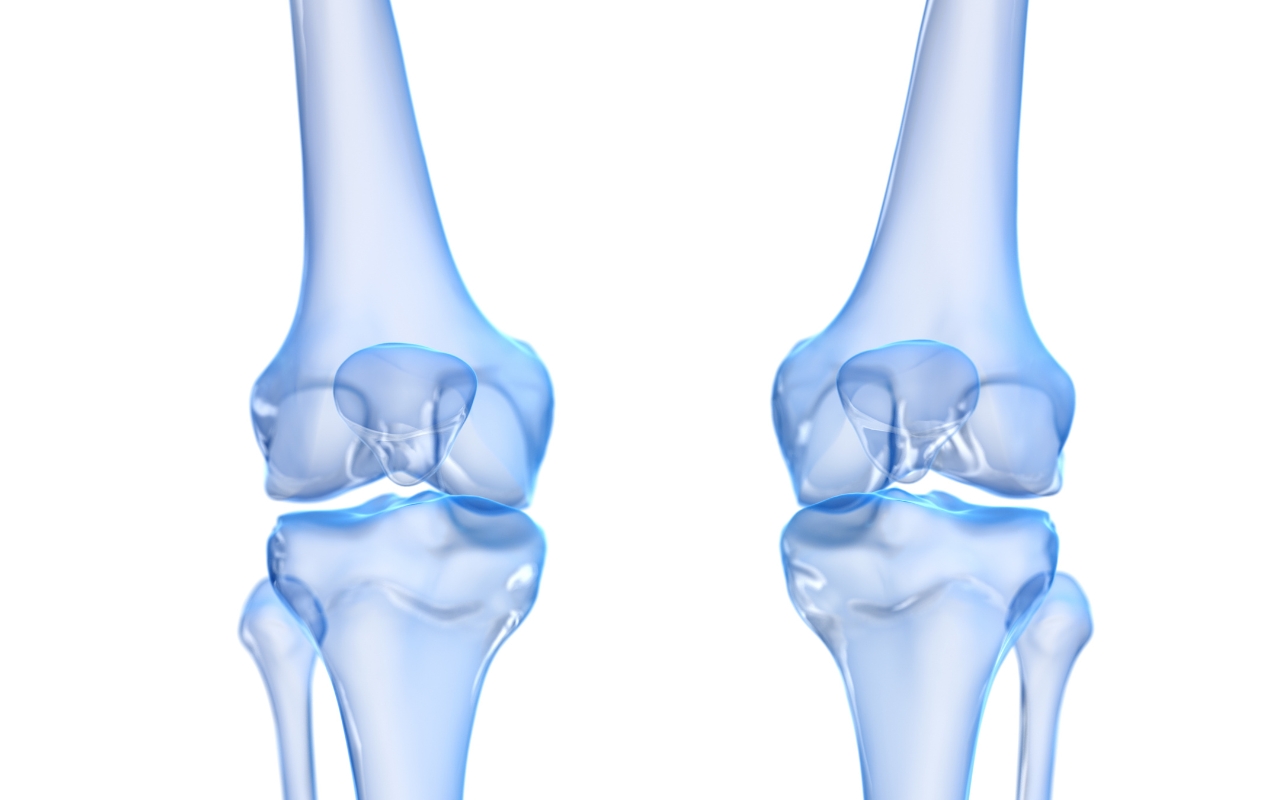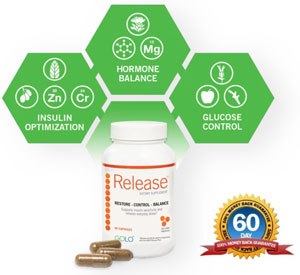Health
How can I improve my bone density?
Published
2 years agoon
By
mbkteam
Maintaining robust bone health becomes increasingly critical as we age, particularly after the age of 30. This milestone often marks the beginning of a gradual decrease in bone density, making it essential to adopt proactive measures to ensure bones remain strong and healthy. In this article, we delve into various strategies that can significantly enhance bone health, explore the underlying biological mechanisms, and examine lifestyle choices and nutritional factors contributing to bone density. These approaches are designed to prevent fractures, reduce the risk of osteoporosis, and support overall skeletal integrity.
Understanding Bone Remodeling and Density
Bone remodeling is a continuous process where old bone tissue is broken down and replaced by new bone tissue. This dynamic balance is maintained by osteoclasts, which resorb bone, and osteoblasts, which form new bone. Our bones grow and strengthen throughout childhood and adolescence as the formation rate exceeds resorption. However, around the age of 30, this balance shifts, with bone resorption gradually outpacing bone formation, leading to a natural decline in bone density. Understanding this process highlights the importance of adopting measures to support bone health.
The Role of Nutrition in Bone Health
Calcium and Vitamin D
Calcium and vitamin D are pivotal nutrients in the maintenance of bone health. Calcium is a fundamental mineral deposited in bones, providing structural integrity, while vitamin D enhances calcium absorption in the intestines. Adults require about 700mg of calcium daily, which can be obtained from various dietary sources such as dairy products, leafy green vegetables (excluding spinach due to oxalates that inhibit absorption), tofu, soya beans, nuts, and fish like sardines where the bones are consumed.
Vitamin D, necessary for calcium absorption, can be synthesized by the skin upon exposure to sunlight. However, dietary sources such as oily fish, egg yolks, fortified foods, and supplements during months with limited sunlight are crucial for maintaining adequate levels. According to the NHS, adults need around 10 micrograms (400 IU) of vitamin D daily.
Other Vital Nutrients
In addition to calcium and vitamin D, other nutrients play supportive roles in bone health:
- Vitamin K: Involved in bone mineralization and found in leafy greens and vegetable oils.
- Magnesium: Contributes to bone structure and density. Sources include nuts, seeds, whole grains, and leafy greens.
- Phosphorus: Abundant in meat, poultry, fish, dairy products, nuts, and whole grains.
- Protein: Essential for building bone tissue, with sources like lean meats, poultry, fish, beans, and tofu.
Hydration and Moderate Alcohol Consumption
While adequate hydration is integral to overall health, moderating alcohol consumption is particularly important for bone health. Excessive alcohol intake—more than 10 drinks per week or daily consumption—can increase the risk of fractures by weakening bones and impairing balance, increasing the likelihood of falls. By limiting alcohol, you support both bone strength and reduce fall risks.
Exercise and Physical Activity
Weight-Bearing and Resistance Exercises
Physical activity, especially weight-bearing and resistance exercises, are highly effective for promoting bone health. Weight-bearing exercises, such as walking, jogging, and dancing, stimulate bone formation by exerting pressure on the bones. Resistance exercises, using weights or resistance bands, enhance bone density by applying mechanical resistance that strengthens muscles and bones.
According to Health Images, exercises focusing on muscle function are vital, as strong muscles support bone health by reducing fall risks. Examples of bone-strengthening exercises include:
- Push-ups: These can be modified to suit various fitness levels.
- Resistance band exercises: Lightweight and portable, ideal for progressively increasing resistance.
- Flexibility exercises: Help maintain muscle elasticity and joint function, reducing injury risks.
Tailoring Exercise to Individual Needs
The type of exercise routine should be personalized based on individual mobility and health status. Those with conditions like Gaucher disease may require tailored exercise programs, as detailed in the Gaucher Disease guidelines. Working with a trainer or physical therapist can help create a safe and effective exercise plan.
Lifestyle Choices for Bone Health
Smoking Cessation
Smoking has a detrimental impact on bone health, contributing to decreased bone density and increased fracture risks. The toxins in cigarettes impair the balance of bone resorption and formation, accelerating bone loss. Quitting smoking is a critical step in maintaining healthy bones.
Fall Prevention Measures
Preventing falls is paramount in avoiding fractures, especially in older adults. Simple home modifications, such as securing rugs, improving lighting, and installing handrails in bathrooms, can significantly reduce fall risks. Regular vision checks and balancing exercises, like tai chi, also contribute to fall prevention.
Regular Health Screenings
Routine bone density screenings are essential, especially for individuals over 50 or those with a family history of osteoporosis. Early detection of bone density reduction allows timely interventions to prevent further bone loss and effectively manage osteopenia or osteoporosis.
Medications and Supplements
Osteoporosis Medications
For individuals diagnosed with osteoporosis, various medications can help manage the condition. Bisphosphonates, for example, slow down bone resorption, while selective estrogen receptor modulators (SERMs) mimic estrogen's protective effect on bone density. Consulting with a healthcare provider is crucial to determine the most appropriate medication based on individual health profiles.
Calcium and Vitamin D Supplements
Calcium and vitamin D supplements can support bone health for those unable to meet their nutritional needs through diet alone. However, it is essential to take these supplements in appropriate doses to avoid potential side effects, such as kidney stones or cardiovascular issues. A healthcare provider can recommend the correct dosage.
Mental and Emotional Well-being
Stress Management
Chronic stress can negatively affect bone health by altering hormone levels, particularly cortisol, which can interfere with bone formation. Stress management techniques, such as mindfulness meditation, yoga, and adequate sleep, can help maintain hormonal balance and support bone health.
Social Engagement
Staying socially active promotes mental well-being and can indirectly support physical health. Engaging in group activities, exercise classes, or community events encourages regular movement and reduces feelings of isolation, contributing to overall bone health.
Embracing a Holistic Approach
Combining these strategies offers a comprehensive approach to maintaining and enhancing bone health after 30. By addressing nutrition, physical activity, lifestyle choices, medical interventions, and mental well-being, individuals can significantly reduce their risk of bone-related conditions and improve their quality of life.
Final Thoughts
In conclusion, maintaining strong bones after 30 requires a multifaceted approach. Critical components include incorporating a balanced diet rich in calcium and vitamin D, engaging in regular weight-bearing and resistance exercises, and making positive lifestyle choices. Regular health screenings and, if necessary, appropriate medications or supplements also play essential roles. By embracing these strategies and staying proactive, individuals can enjoy healthier bones and a more active, fulfilling life. For further information, consult reputable sources such as the NHS or the National Institute on Aging.
By prioritizing these actions, you can ensure your bones remain resilient and capable of supporting your body well into the later stages of life.
Take proactive steps today for a stronger tomorrow.













